ABOUT ISTANBUL
LIFE IN ISTANBUL
Istanbul is a city of unparalleled social and cultural richness. It is as fascinating and historical as it is dynamic and modern. Serving as the capital of two mighty empires incessantly for sixteen centuries, Eastern Roman or Byzantine and Ottoman, and set squarely between two continents, Istanbul has cultures and traditions that blend East with West and Mediterranean with Anatolian. Each civilization that has made Istanbul its home has left its mark in sublime and splendid ways, and the result a city that gives one the feeling of universal history at every step.
With a definitely multicultural touch and a vibrant atmosphere rooted deep in the past experience of humanity while facing toward the future, Istanbul is truly as much a crossroads of ideas and cultures today as ever. For how many cities in the world is home to ages old churches, mosques, and synagogues in such a close proximity, showing us the possibility of a community formed of different cultures living in a state of peace and tolerance that stems from a shared human past and belief in the future?
GEOGRAPHICAL LOCATION
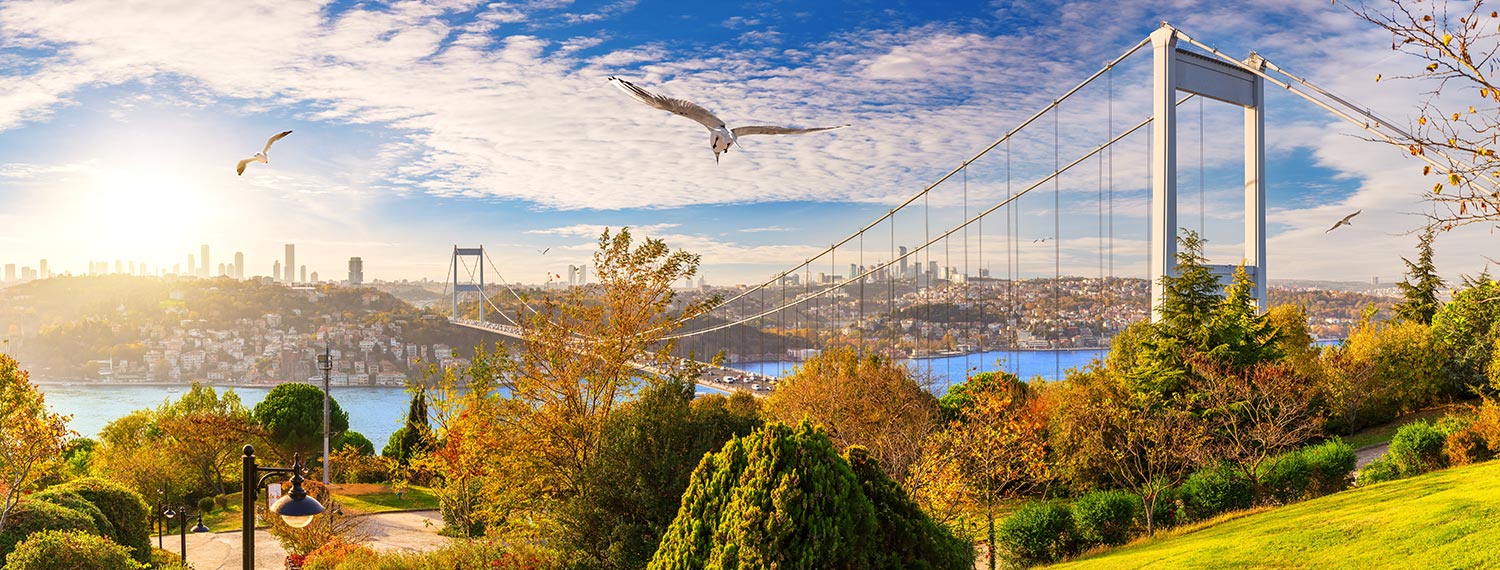
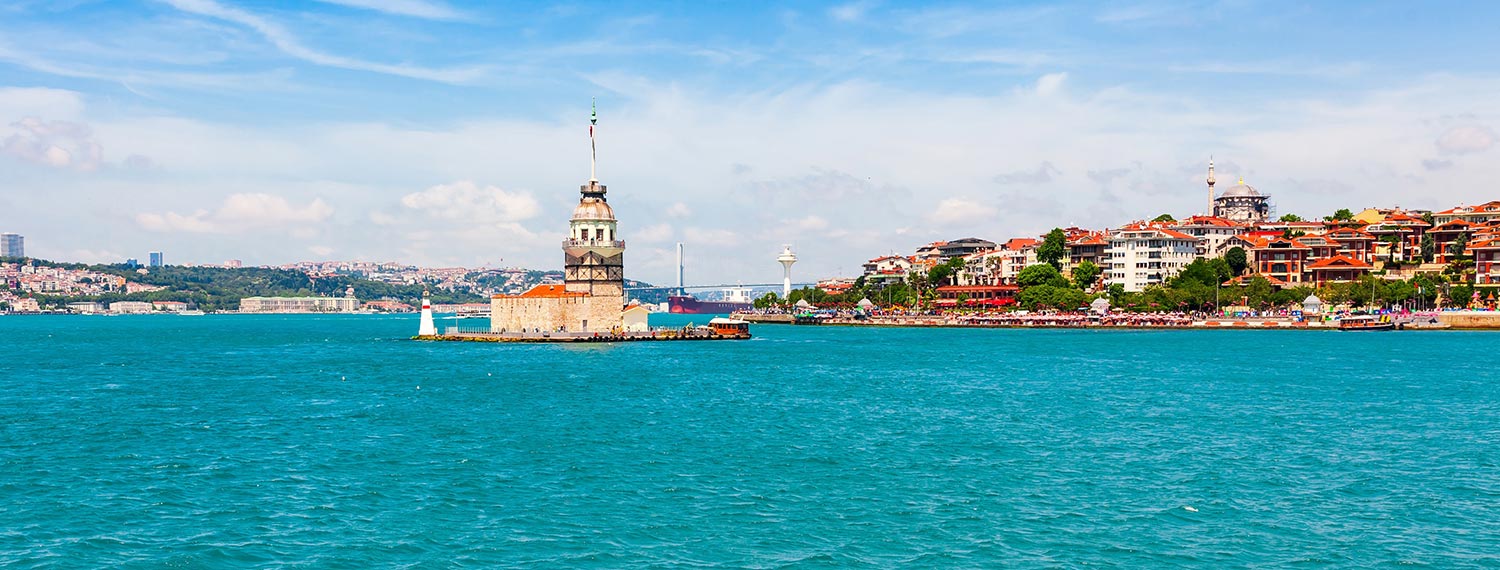
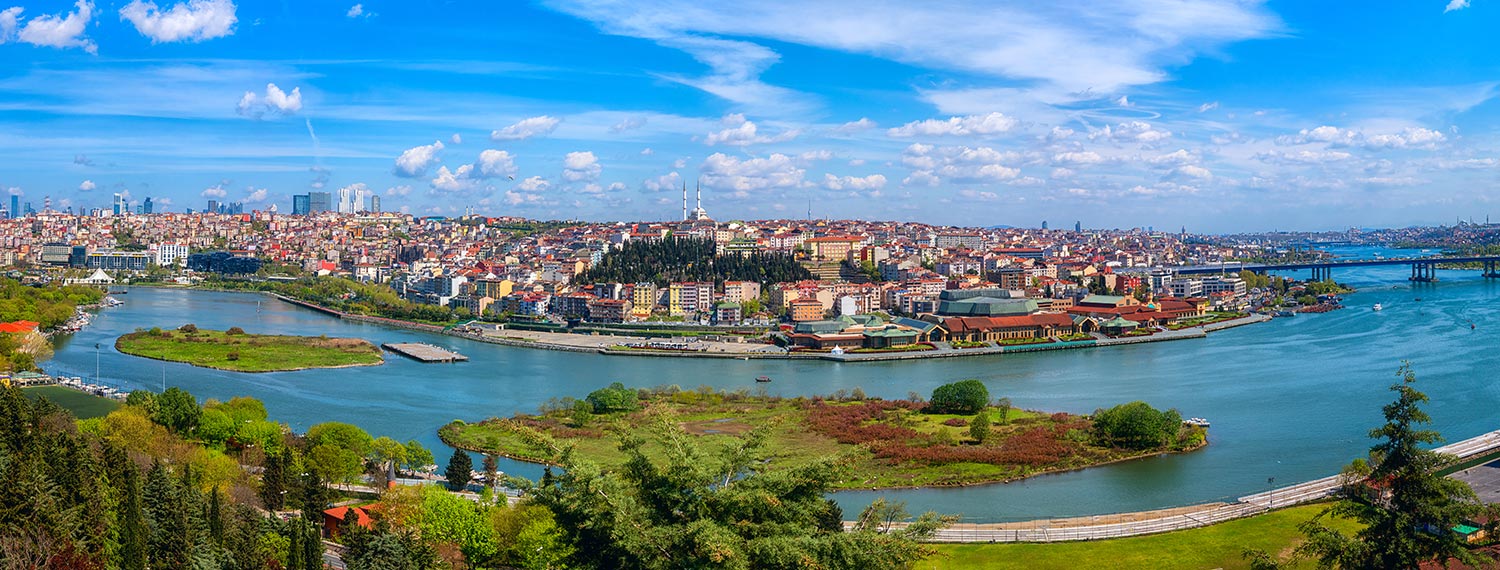
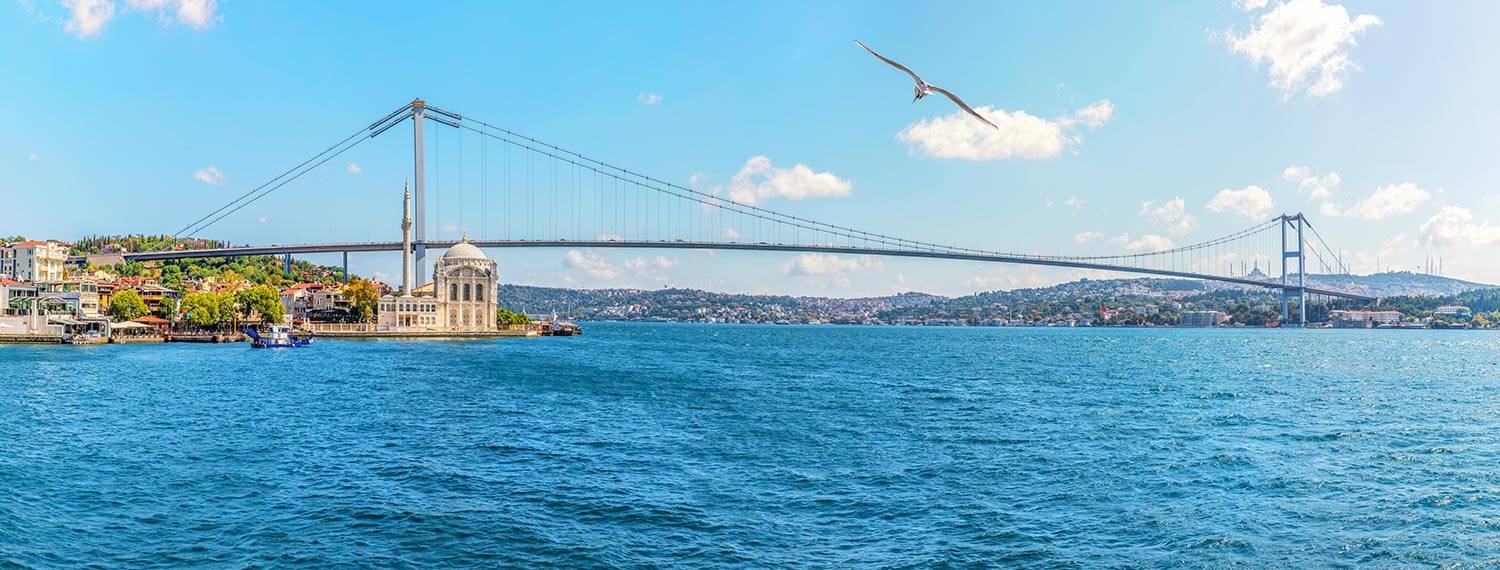
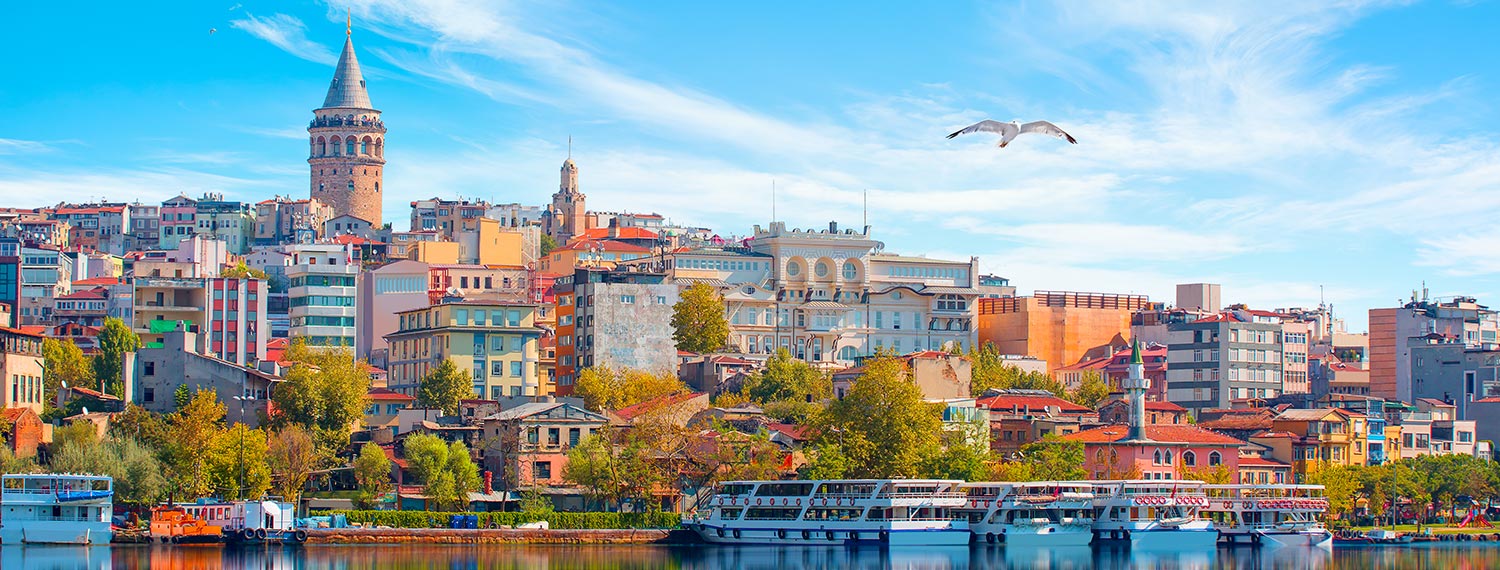
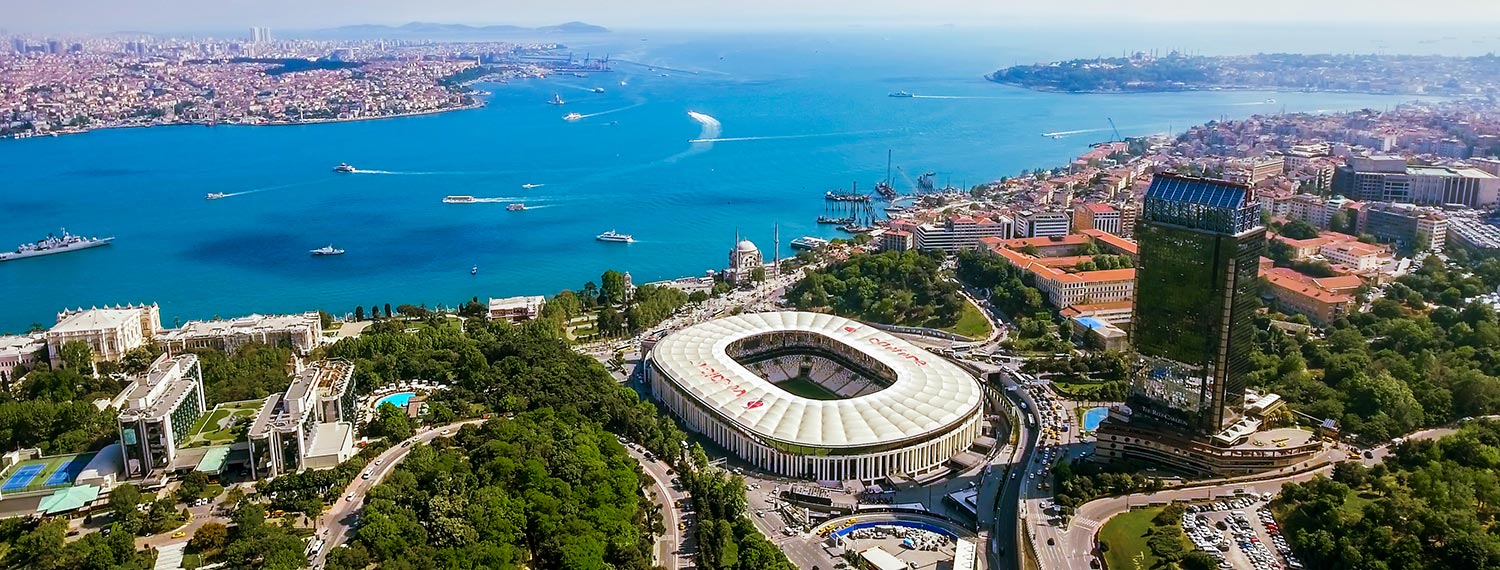
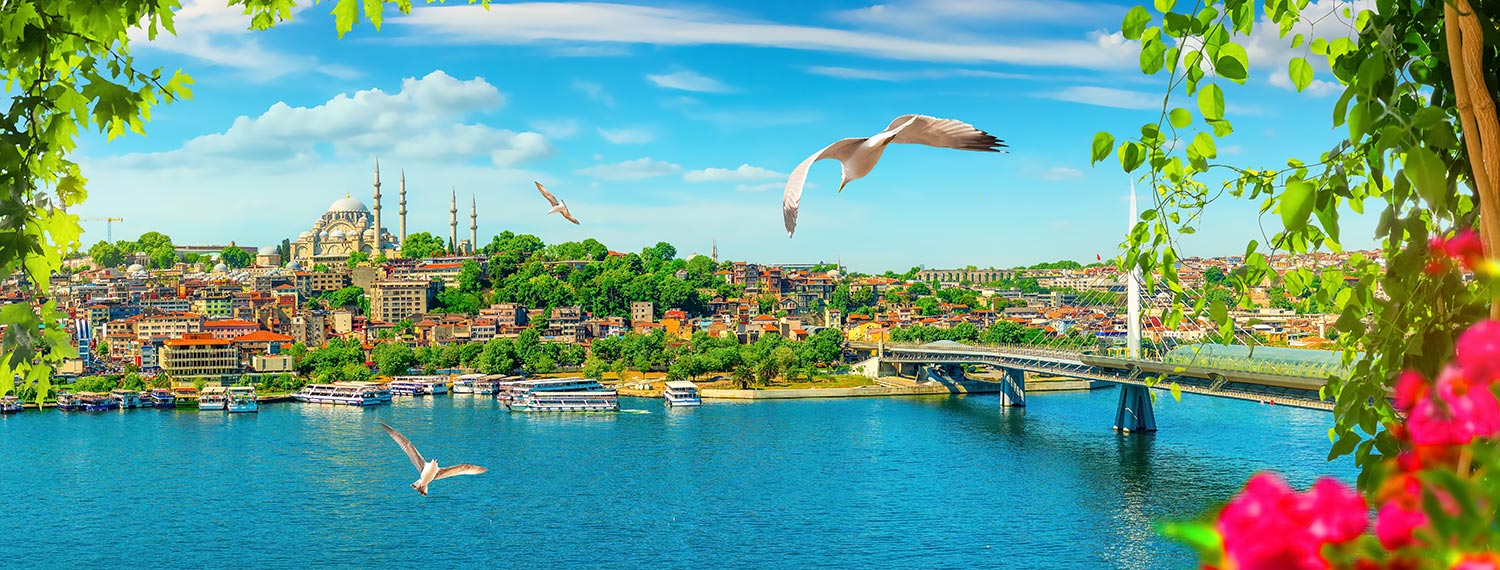
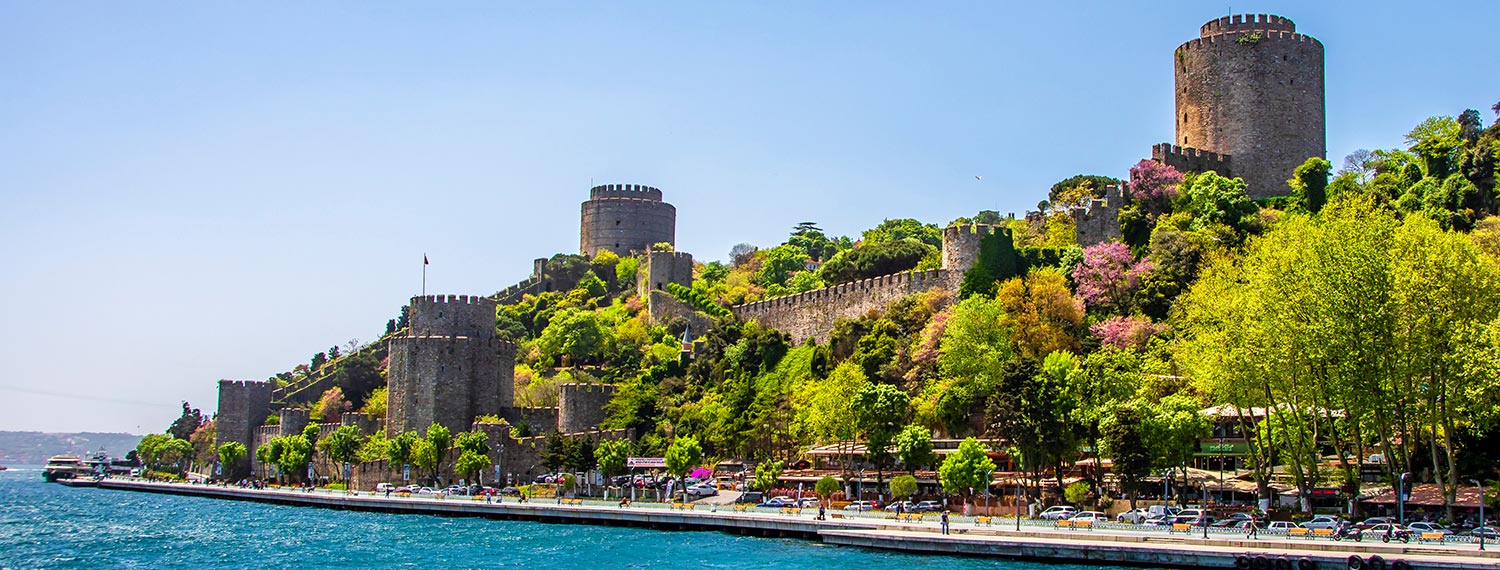
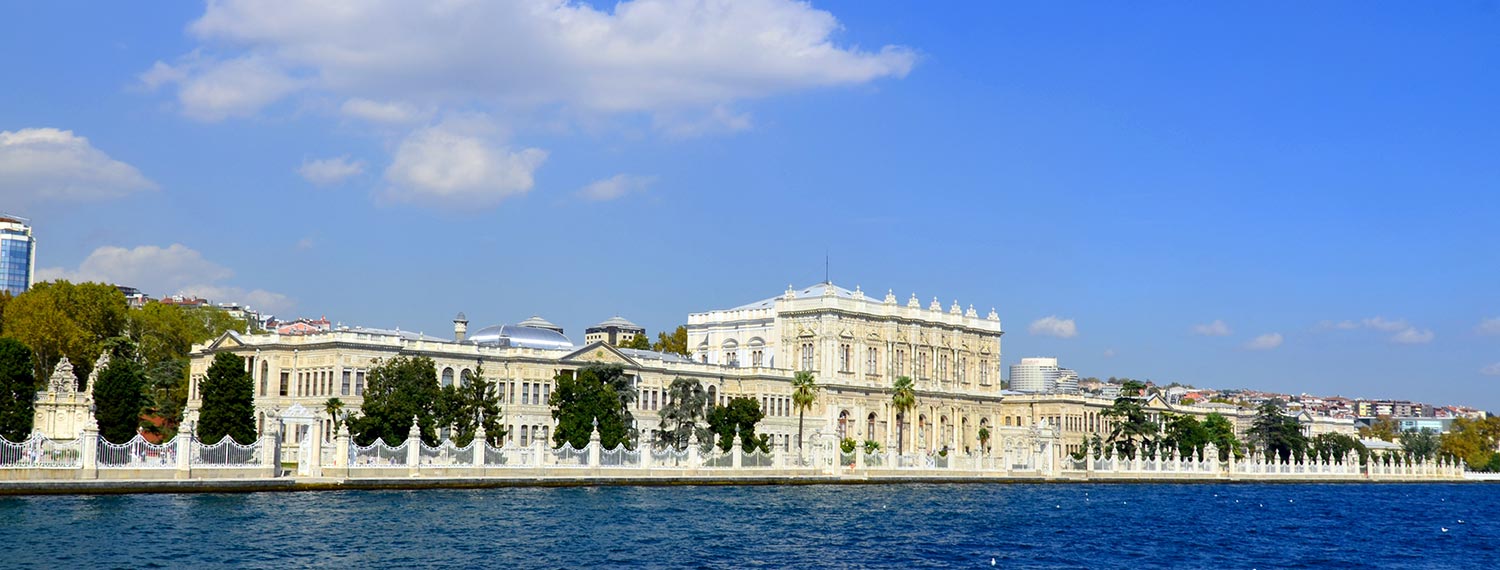
In its south stretches the Marmara Sea and in its north is the Black Sea. Its western part is in Europe and eastern in Asia. The strategic and aesthetic strait that separates the two coasts of Istanbul together with the two continents is the Bosporus which is the first gate from the Black Sea to the Aegean and then onto Mediterranean. Being a port city and having many major trade paths pass through itself is what has given ultimate significance to the city for thousands of years
ISTANBUL HISTORY
The archeological excavations in Yenikapı reveal that Istanbul's history dates back 8,500 years. Since the day of its foundation, Istanbul has developed under the domination of several states in history and been the center of various cultures.
Undoubtedly, the most striking feature of Istanbul's history is that it was the capital of three universal empires: Rome, Byzantine, and the Ottoman Empire. In AD 4th century, the Roman Empire expanded its territory; and due to its strategic location, Istanbul was chosen as the new capital by Emperor Constantine the Great instead of Rome. The city was rebuilt over 6 years, the city walls were expanded, temples, official buildings, palaces, baths and hippodromes were built.
It was officially announced in the year 330 that Istanbul was the capital of the Roman Empire with huge ceremonies organized. The city, which was called as Second Rome and New Rome at the beginning of the Modern Age, was later called "Byzantium" and as Constantinople in later periods. But, throughout the history, people called the city "Polis".
It is understood that the emperors after Constantine the Great continued their efforts to beautify the city. The first churches in the city were built after the era of Constantine. Due to the collapse of the Western Roman Empire in the 5th century, Istanbul has been the capital of the Eastern Roman Empire (Byzantine) for many years.
The city that was rebuilt in the Byzantine era was expanded again with city walls. The magnificent city walls that are, today, 6492 meters long were built by the Emperor Theodosius Il. The city of which population exceeded half million in the 6th century lived through another golden age under the rule of Emperor Justinian. Hagia Sophia, which survived until today, is a work of that era. The Latin rule, which was a black period from 726 to 842, began upon invasion by Crusaders of the city in 1204, as part of the Crusade IV, and the entire city including all the churches, monasteries and monuments was plundered for many years. The city, which was taken over by the Byzantines in 1261 again, could not regain its former wealth.[1] Istanbul was the capital of the Ottoman Empire for 470 years until 1923, following its conquest in 1453 by Mehmet the Conqueror. Istanbul, which became the center of science, culture and arts in the Ottoman era, became a city where mosques, synagogues and churches stood side by side with a magnificent tolerance.
The large size cannons of Mehmet the Conqueror, used for the first time in the the world war history, are an important reason for surmounting city walls of Istanbul. After the conquest, the capital of the Ottoman Empire was moved to this city, and the city population was increased with immigrants brought from different places, and the development works were started for the city that was empty and devastated. Freedom of religion and social rights were granted to the former people of the city, ensuring that they maintain their lives. One hundred years after the conquest, Turkish Art left its mark on the city and domes and minarets dominated the city skyline.
Istanbul, which first joined the Ottoman Empire on May 29, 1453, was divided into four administrative units in 1459, each of which had a different demographic structure. Istanbul, which entered the 16th century as one of the most important and big cities of the history, suffered a great damage in the earthquake of September 14, 1509, which is called Little Apocalypse. In the aftermath of this great destruction, Istanbul that was practically re-founded by Sultan Beyazıt II, by hiring 80 thousand people, continued to increase its importance in the history.
Following the First World War, on November 13, 1918, Istanbul was occupied by the Allied Powers. Istanbul, rescued from the enemy occupation on October 6, 1923, lost its title of capital upon foundation of the Republic of Turkey on October 29, 1923. Importance of Istanbul has remained unchanged since the capital of the Republic of Turkey was moved to Ankara, and the city that was home to different civilizations for many centuries survived until today without losing its historical and cultural importance.